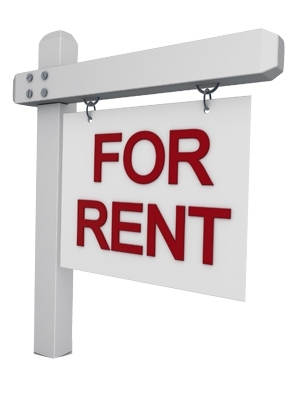
Nationwide, the median weekly rent was up by 4.2% year-on-year to $500 per week in October, according to the latest Trade Me Rental Price Index.
This takes it back to its all-time high after it slipped to $495 in September.
Likewise, rents in the three main centres were strongly up on October last year, with the median weekly rent in Christchurch City, Wellington City and Auckland City all up by between $20 and $40 per week.
Rents in Wellington City saw the largest annual increase, up 7.4% on last year to $580 in October. Christchurch City saw a 5% lift to $420, and Auckland City rents rose 3.6% to $570.
Trade Me’s Aaron Clancy says the growth is a result of rising demand for rentals across the country, in October there were 17% more enquiries on rental listings than the same time last year.
“With property prices in ten regions reaching new records in October, it’s not surprising that we’re seeing huge increases in demand for rentals.
“Higher property prices leave more people in the rental market while they try to get a house deposit together.”
Almost every region saw a year-on-year increase in rent, with only Northland was unchanged on 2018, he says.
There was strong double-digit growth in the median weekly rents in Hawke’s Bay, Manawatu/Whanganui, Wellington and the West Coast, while Waikato and Manawatu/Whanganui reached new records in October.
Clancy says tenants in the big cities appear to be trying to beat the seasonal summer rental rush by hunting for their next flat early.
“October saw a growing demand for rentals in our three main metros with the number of enquiries on rentals in Christchurch City rising a staggering 28% on October 2018. Wellington City saw enquiries jump 7% on the year prior and Auckland City experienced a 14% spike in demand.
“Typically we see rents begin to heat up from December onwards but this year tenants are trying to get ahead of the game and secure a rental before Christmas.
“It could prove to be a very wise move, while prices are increasing now we’re predicting they’re only going to get higher as we head into the business end of summer. There will almost certainly be some new records set in early 2020.”
Once again, rentals in Wellington were the most popular out of any region after the number of enquiries on properties to rent in the region rose 13% on last year.
Clancy says the continuing theme of the Wellington property market is the massive demand for rental properties which keeps pushing rents up considerably.
The region’s median weekly rent is now sitting at $550 per week after an 11.1% increase year-on-year.
“The number of rental properties available in Wellington jumped 12% on September but demand continues to outstrip what’s available so we keep seeing rents head north,” he says.
“We’ve seen an increasing number of Wellington tenants looking for rentals outside the city centre in the, traditionally, quieter areas like Lower Hutt and Porirua, opting for a longer commute to work and more affordable rents.”
In line with this, rents in Wellington City rose 7.4% on the year prior to $580, rents in Porirua were up 10% to $550 and Lower Hutt saw the median weekly rent rise 15.6% to $520.
But demand for rentals in Auckland is also on the rise, with the number of enquiries up by 21% on last year while the number of properties available dipped 2%.”
Clancy says after a quiet couple of months, the median weekly rent in Auckland rose 1.8% year-on-year to $560 per week in October.
The districts with the highest median weekly rents in October were Waiheke Island and Waitakere City which saw an 18% jump to $580 and a 5% boost to $530 per week respectively.
Trade Me’s data also shows that demand for smaller, higher density, urban properties is increasing. It has the number of enquiries for townhouses, apartments and units nationwide up by 23% on October last year.
The national median weekly rent for townhouses, units and apartments also rose year-on-year with townhouses seeing the largest rent jump, rising 8% on last year to $540.



Comments
No comments yet.
Sign In to add your comment